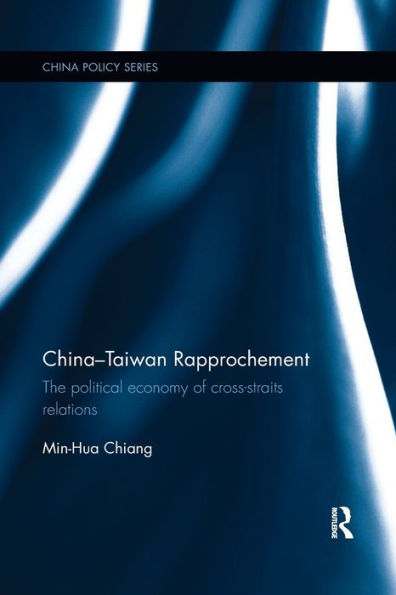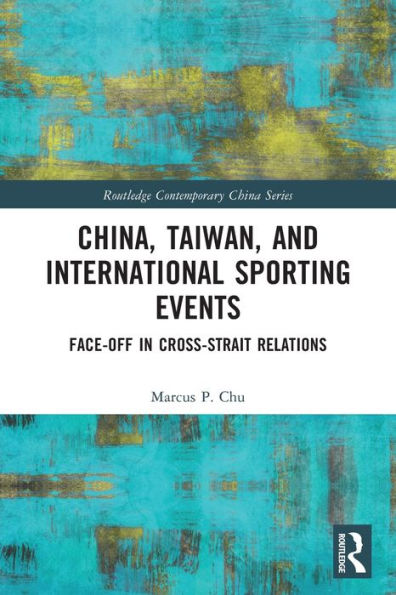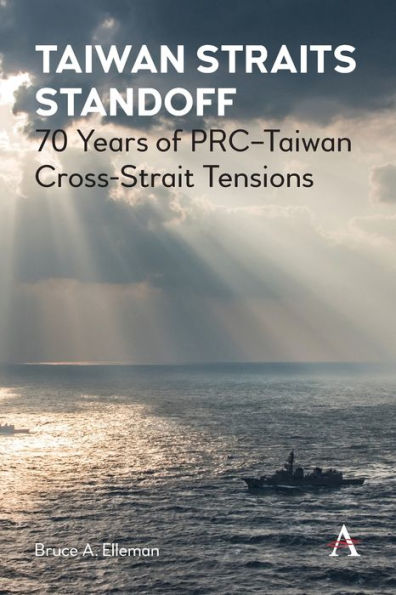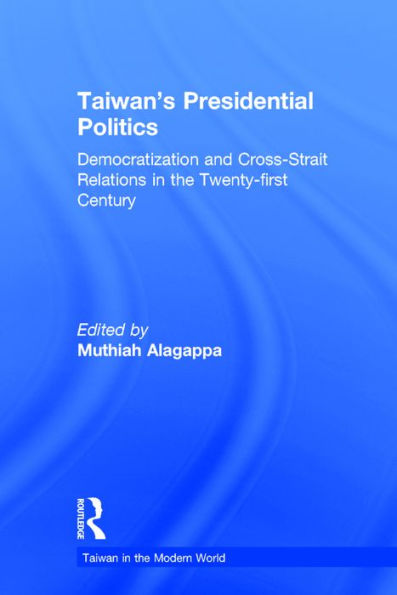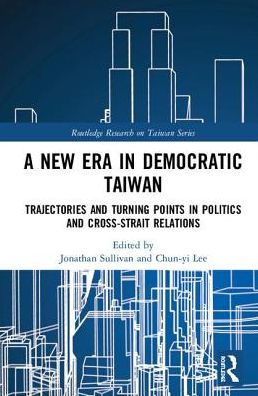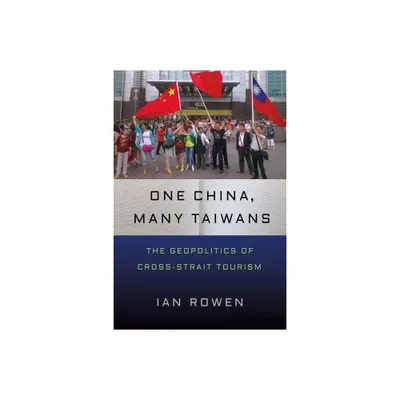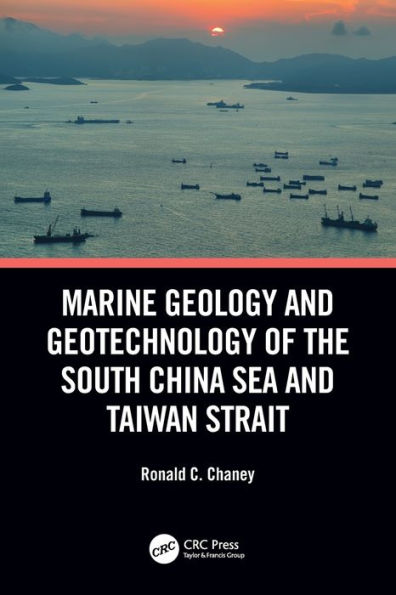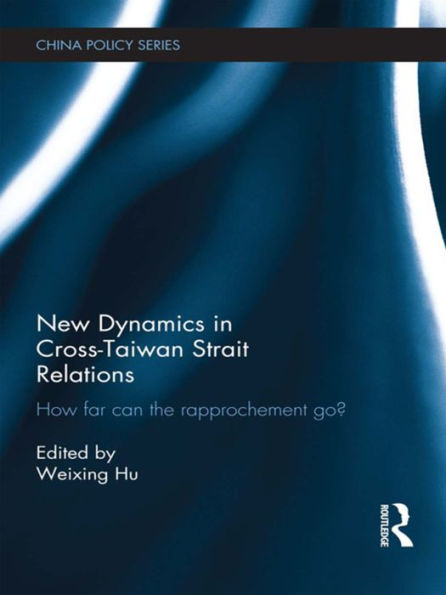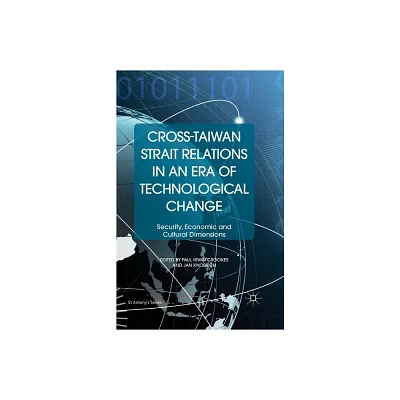Home
One China, Many Taiwans: The Geopolitics of Cross-Strait Tourism
Loading Inventory...
Barnes and Noble
One China, Many Taiwans: The Geopolitics of Cross-Strait Tourism
Current price: $130.00


Barnes and Noble
One China, Many Taiwans: The Geopolitics of Cross-Strait Tourism
Current price: $130.00
Loading Inventory...
Size: Hardcover
*Product Information may vary - to confirm product availability, pricing, and additional information please contact Barnes and Noble
One China, Many Taiwans
shows how tourism performs and transforms territory.
In 2008, as the People's Republic of China pointed over a thousand missiles across the Taiwan Strait, it sent millions of tourists in the same direction with the encouragement of Taiwan's politicians and businesspeople. Contrary to the PRC's efforts to use tourism to incorporate Taiwan into an imaginary "One China," tourism aggravated tensions between the two polities, polarized Taiwanese society, and pushed Taiwanese popular sentiment farther toward support for national self-determination.
Consequently, Taiwan was performed as a part of China for Chinese group tourists versus experienced as a place of everyday life. Taiwan's national identity grew increasingly plural, such that not just one or two, but
many
Taiwans coexisted, even as it faced an existential military threat. Ian Rowen's treatment of tourism as a political technology provides a new theoretical lens for social scientists to examine the impacts of tourism in the region and worldwide.
shows how tourism performs and transforms territory.
In 2008, as the People's Republic of China pointed over a thousand missiles across the Taiwan Strait, it sent millions of tourists in the same direction with the encouragement of Taiwan's politicians and businesspeople. Contrary to the PRC's efforts to use tourism to incorporate Taiwan into an imaginary "One China," tourism aggravated tensions between the two polities, polarized Taiwanese society, and pushed Taiwanese popular sentiment farther toward support for national self-determination.
Consequently, Taiwan was performed as a part of China for Chinese group tourists versus experienced as a place of everyday life. Taiwan's national identity grew increasingly plural, such that not just one or two, but
many
Taiwans coexisted, even as it faced an existential military threat. Ian Rowen's treatment of tourism as a political technology provides a new theoretical lens for social scientists to examine the impacts of tourism in the region and worldwide.
